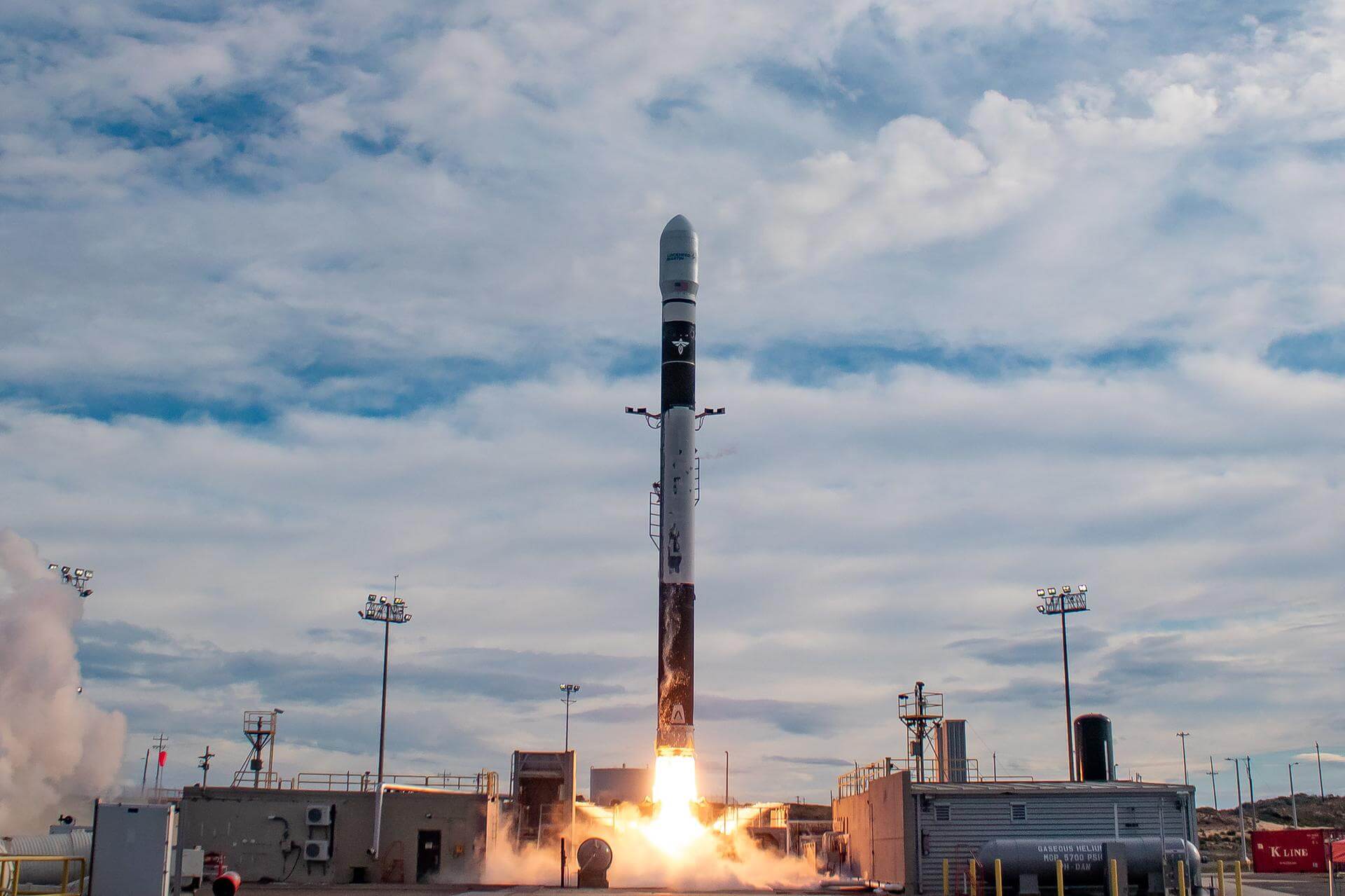· space brief · 5 min read
Space Brief 24 Jan 2025
Today's highlights include China's launch of classified TJS-14 satellite, Boeing's defense program losses, and the fourth batch launch of Thousand Sails satellites.

📄Top Stories
China has launched the classified TJS-14 satellite aimed towards the geostationary orbit, deepening its capabilities in experimental technologies. Meanwhile, Boeing faces significant financial losses in its defense program. In addition, China propelled the fourth batch of satellites for the Thousand Sails megaconstellation, making strides in its expansive space projects.
📰Detailed Coverage
China’s Classified TJS-14 Satellite Launch
China successfully launched the TJS-14 satellite into orbit aboard a Long March 3B rocket from the Xichang Satellite Launch Center. This deployment is part of China’s ongoing strategy to enhance its presence in geostationary orbit with experimental technology spacecraft.
Technical details about the TJS-14 mission remain undisclosed, reflecting the classified nature of the satellite. However, it aligns with China’s series of recent satellite initiatives aimed at bolstering its space-based capabilities, likely in communications and reconnaissance.
Read the full story: SpaceNews
Boeing Faces $1.7 Billion in Defense Losses
Boeing is set to record a staggering $1.7 billion loss for its defense division in the fourth quarter, primarily due to problems with fixed-price contracts. This figure contributes to the aerospace giant’s total year-end charges of $4.9 billion, marking one of the largest financial setbacks in its history.
The financial losses highlight the ongoing challenges Boeing faces in its defense contracts, impacting investor confidence and project timelines. Boeing’s setbacks may influence military procurement processes and drive a reevaluation of contract management strategies.
Read the full story: Breaking Defense
China Expands Thousand Sails Megaconstellation
Continuing its rapid pace of satellite launches, China has deployed 18 additional satellites for the Thousand Sails megaconstellation using a Long March 6A rocket. This mission aims to bolster China’s large-scale international communications network.
The Thousand Sails project represents China’s ambition in building a comprehensive satellite internet service. This latest batch enhances the constellation’s capability for data relay and global coverage, contributing significantly to global satellite internet competition.
Read the full story: SpaceNews
US Space Traffic System Upgrade Targets 2025
Amid a brewing bid protest, the US is on track to upgrade its space traffic management system by 2025. The new platform aims to advance space traffic coordination, critical for ensuring orbital safety and debris management.
The system upgrade faces competitive tensions, notably from Kayhan Space, which filed a protest against the awarded contract. This development emphasizes the strategic importance of modern space traffic solutions to cope with an increasingly crowded orbital environment.
Read the full story: SpaceNews
OpenAI’s ‘Stargate Project’ and Pentagon AI Collaboration
OpenAI’s ambitious $500 billion ‘Stargate Project’ is anticipated to enhance the Pentagon’s AI capabilities, according to defense officials. As advanced computational projects expand, collaboration between the private sector and military could drive significant technological synergy.
AI developments pertaining to satellite data analysis and decision-making processes could significantly benefit from this partnership, enhancing real-time tracking and strategic planning capabilities—a feature users can explore on our web app.
Read the full story: Breaking Defense
🛰️Satellite Spotlight
- Satellite Name: OBJECT C
- NORAD ID: 44854
- Launch Date:
- Mission: OBJECT C, also known as Duchifat-3, is part of the Duchifat satellite series, focused on educational and scientific missions.
- Orbit: Inclination 36.9478°, Period 93.9998 minutes, Eccentricity near circular
- Operator: HSCIL
- Fun Fact: Duchifat-3 is designed with collaboration from students, allowing educational engagement in space technology.
Current TLE Data:
1 44854U 19089C 25022.40270210 .00051362 00000+0 16160-2 0 9991 2 44854 36.9478 144.1775 0009566 126.7788 233.3843 15.31918764281718
Track this satellite in real-time on our web app: Track OBJECT C
Upcoming Space Launches
January 24
- SpaceX Falcon 9:
- Starlink Group 11-6 from Vandenberg SFB, CA, USA (14:07 UTC) A batch of 23 satellites for the Starlink mega-constellation, part of SpaceX’s project for space-based internet communication.
January 27
- SpaceX Falcon 9:
- Starlink Group 12-7 from Cape Canaveral SFS, FL, USA (19:21 UTC) A batch of satellites for the Starlink mega-constellation.
January 28
- Blue Origin New Shepard:
- NS-29 from Corn Ranch, Van Horn, TX, USA (15:30 UTC) Twenty-ninth flight of New Shepard carrying six passengers.
January 29
-
Indian Space Research Organization GSLV Mk II:
- IRNSS-1K (NVS-02) from Satish Dhawan Space Centre, India (00:53 UTC) This is a replacement satellite for the Indian Regional Navigation Satellite System providing an alternative to GPS for military and civilian use.
-
SpaceX Falcon 9:
- SpainSat NG I from Kennedy Space Center, FL, USA (03:34 UTC) First of two new-generation satellites to provide secure communications to the Spanish government and its allies.
January 30
- SpaceX Falcon 9:
- Starlink Group 12-3 from Cape Canaveral SFS, FL, USA (10:44 UTC) A batch of satellites for the Starlink mega-constellation.
February 1
- Mitsubishi Heavy Industries H3-22:
- Michibiki 6 (QZS-6) from Tanegashima Space Center, Japan (08:30 UTC) Part of the Japanese satellite navigation system operating in inclined geosynchronous orbits to enhance GPS visibility in urban canyons and mountainous areas.
February 3
- Rocket Lab Electron:
- IoT 4 You and Me (Kinéis 16-20) from Rocket Lab Launch Complex 1, Mahia Peninsula, New Zealand (20:43 UTC) Fourth batch of five satellites for the Kinéis IoT constellation designed for internet-of-things applications.
February 11
- China Aerospace Science and Technology Corporation Long March 8A:
- Demo Flight from Wenchang Space Launch Site, People’s Republic of China (09:53 UTC) Demonstration flight of the Long March 8A rocket with upgraded engines.
Note: Launch dates and times are subject to change due to technical or weather considerations.

Maurice Stellarski





